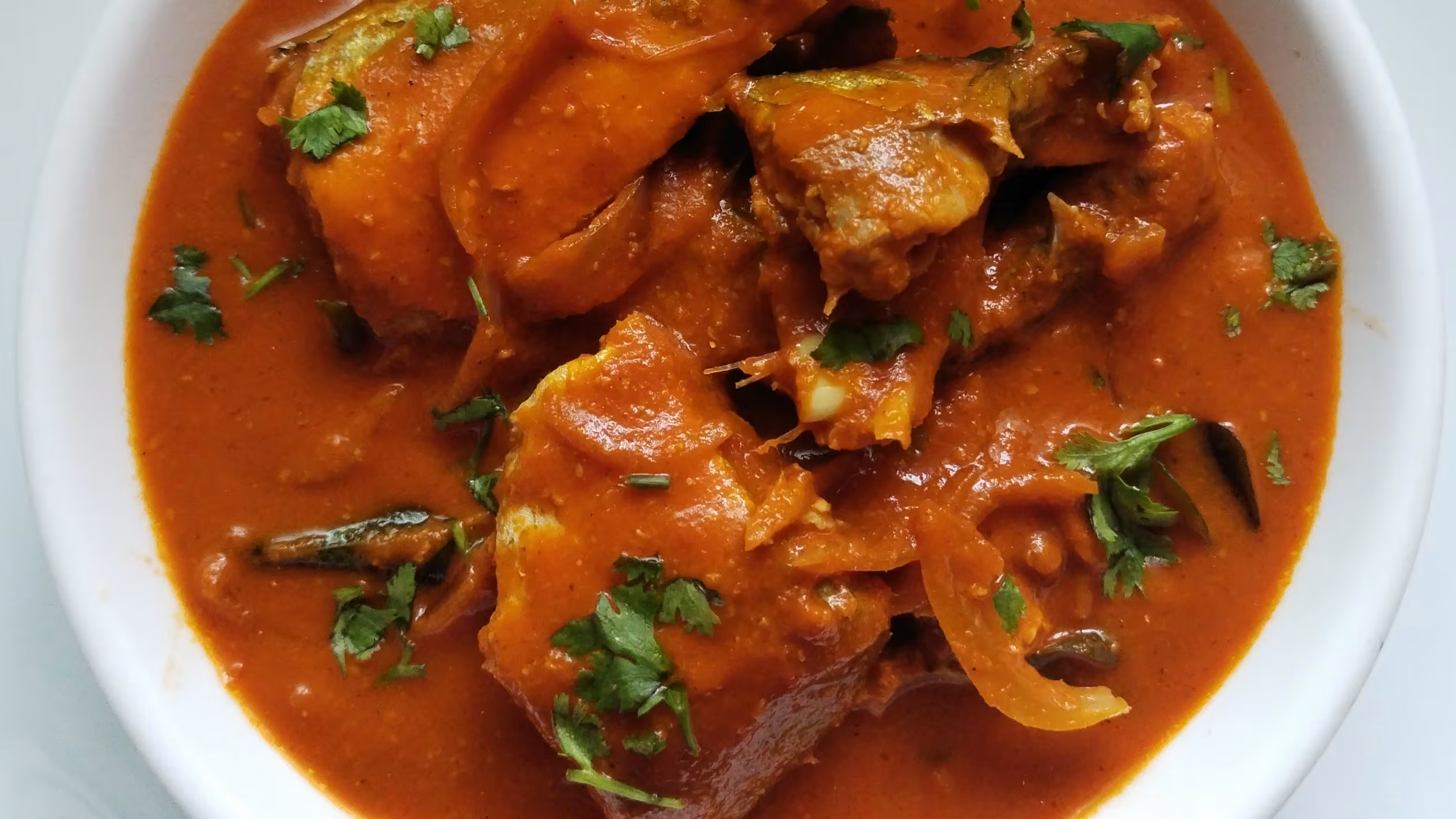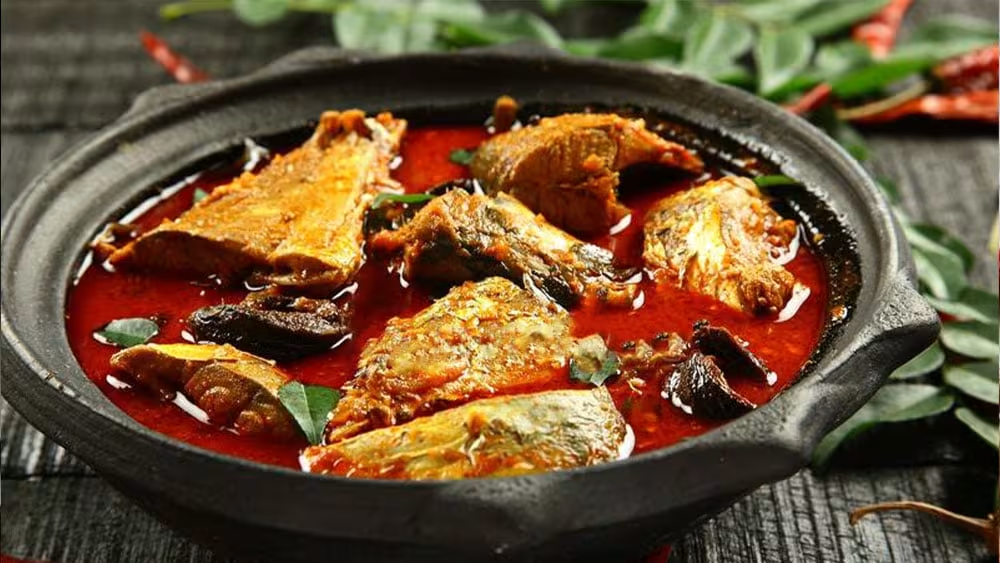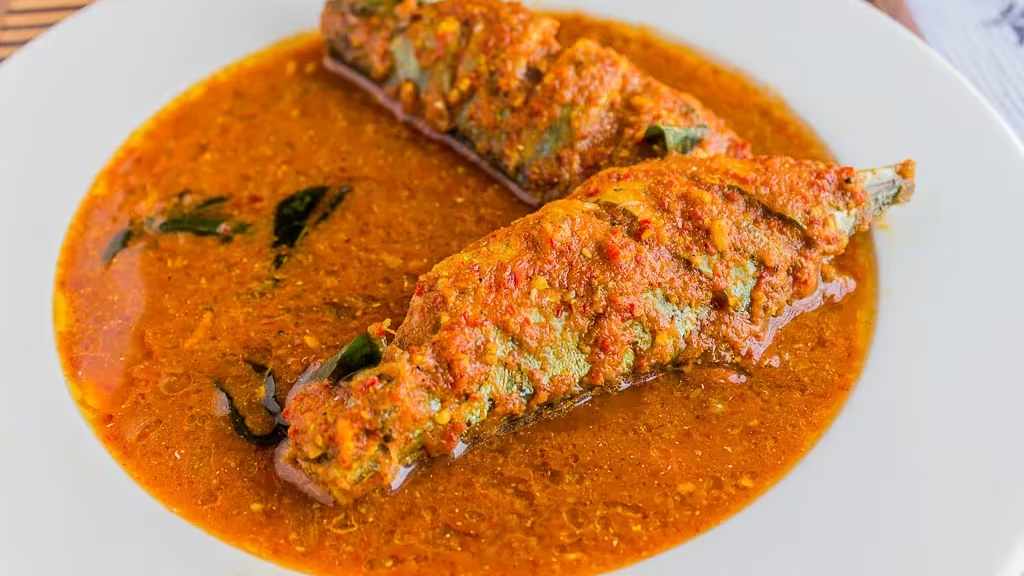
Discover the Authentic Pulimunchi Recipe: A Tangy and Spicy Delight!
Written by Jessica Lopez
Published at 13-11-2022
Edited on 03/25/2025 | 08:12 AM
Main-Course RecipesCourse: Main Course
Cuisine: Indian
Difficulty: Easy
Servings
4-6 people
Prep Time
15 minutes
Cooking Time
20 minutes
Total Time
35 minutes
Fat
12g
Protein
8g
Carbs
30g
Calories
250 kcal
Are you ready to embark on a culinary journey that brings the vibrant flavors of South Indian cuisine right to your kitchen? Look no further than the traditional Pulimunchi recipe! This zesty and spicy dish hails from the coastal regions of Karnataka and is a delightful combination of tangy tamarind, aromatic spices, and fresh ingredients. Whether you're a seasoned chef or a cooking novice, this recipe is simple enough for everyone to enjoy. Pulimunchi is not just a meal; it's an experience that tantalizes your taste buds and leaves you craving more! What makes Pulimunchi truly special is its versatility.
It can be served as a side dish with rice, enjoyed with crispy dosas, or even used as a flavorful topping for idlis. The rich blend of spices, including mustard seeds, curry leaves, and dried red chilies, creates a symphony of flavors that is both bold and comforting. Plus, the addition of tamarind gives it that irresistible tang that perfectly balances the heat from the spices. In this recipe, we’ll guide you through each step to ensure your Pulimunchi turns out perfectly every time.
From selecting the freshest ingredients to mastering the art of balancing flavors, you’ll be equipped with everything you need to impress your family and friends. So, roll up your sleeves and get ready to whip up this mouthwatering dish that’s sure to be a hit at your next meal. Let’s dive into the world of Pulimunchi and discover how to make this unforgettable South Indian delicacy!.


